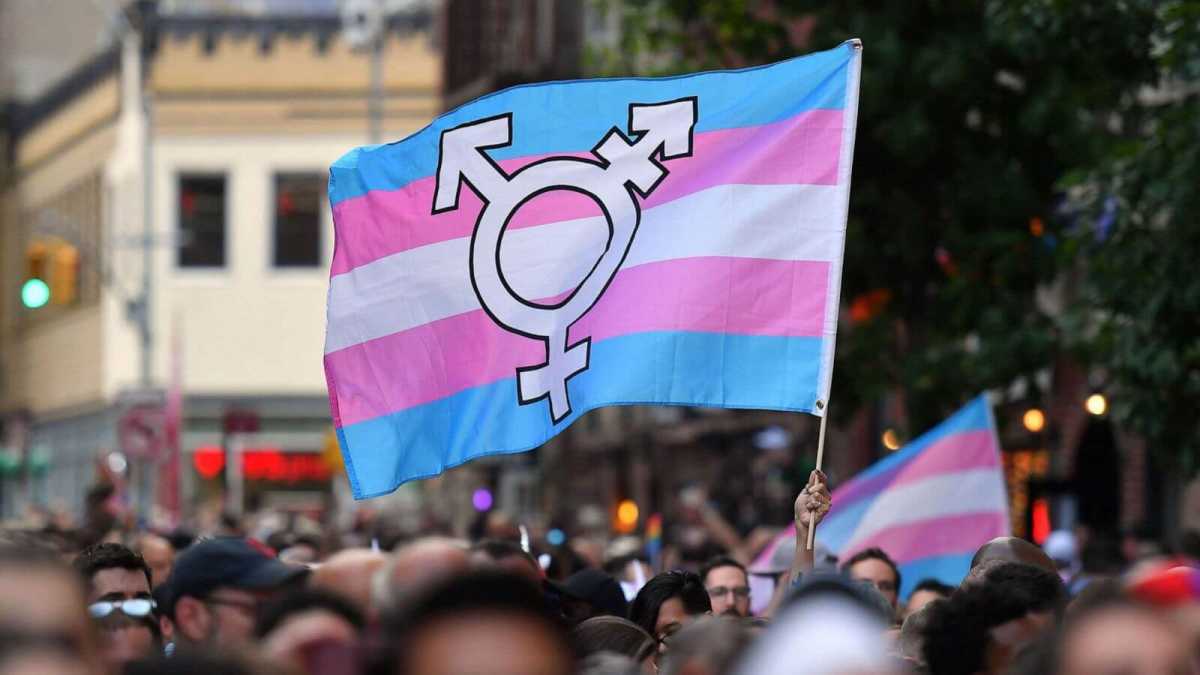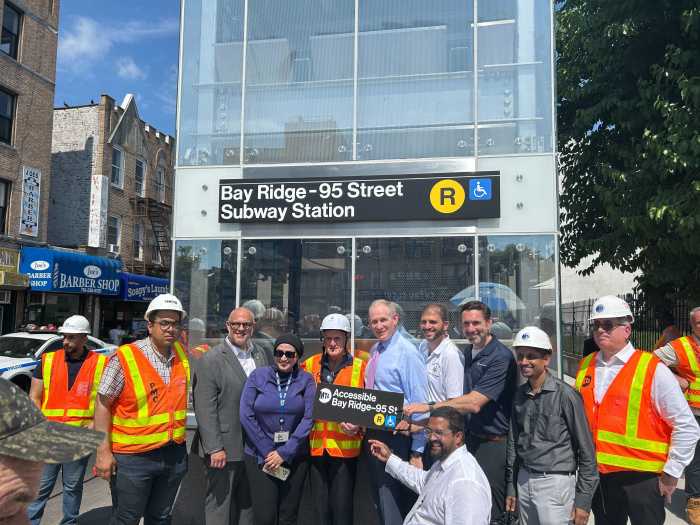New Yorkers believe their city is indeed New Amsterdam in its blasé attitude toward marijuana. In fact, New York City pursues a proactive drug policy that might make it the world capital of marijuana arrests.
A Queens College sociologist, Harry G. Levine, told this reporter that in the ten years between 1990 and 2000 City marijuana arrests jumped from 5,000 to 61,000, a 12-fold increase while national arrests only doubled, from about 327,000 to 734,000. These figures from the New York State Bureau of Criminal Justice Services are arrests in which the marijuana offense is the most serious charge leveled against the defendant.
These arrests are at the discretion of local government, and Rudolph Giuliani’s famous focus on quality of life crimes was based on the so-called “broken windows” theory that argues that by controlling low-level offenses the city can put a brake on more serious crimes.
The reality stemming from this theory means that only 15 percent of the marijuana arrestees are white, said Levine. Marijuana of course is used frequently across all demographic groups, but it is only in high-crime precincts, many of them populated by non-white groups, where the broken window theory is pursued vigorously. In turn, the high number of marijuana arrests inflates the crime picture in those neighborhoods, confirming their reputations as unsafe places. The government rarely focuses its drug arrest announcements on the number of marijuana busts; instead those numbers are added to the aggregate drug tallies. This silence dampens controversy and hinders public debate about the costs and fairness of some many marijuana arrests.
The proactive policy against marijuana has not been publicly debated. News reports are sporadic. No City Council hearings on the matter could be discovered in a Nexus search even as marijuana arrests reached a peak in 2000 and remain high today.
New York arrest numbers are so high, in fact, that they distort national trend lines. When New York relaxes enforcement, the national arrests for the year drop significantly. The 2002 drop in city arrests by 35,035, reflecting the fact that in the wake of 9/11 police had more important things to do, led to a nationwide decline of 26,545, despite the fact that arrests elsewhere were clearly rising. The all-time high in 2000 was 61,000 marijuana arrests in the city; though down sharply since 9/11, they are creeping back up—34,193 in 2004, and 36,179 last year.
NORML, the marijuana decriminalization group, issued a 2005 report, “Crimes of Indiscretion: Marijuana Arrests in the United States,” written by a senior fellow at the George Mason University School of Public Policy, that found that local government decisions guided marijuana arrest policies. “For every hot spot with one of the highest arrest rates for marijuana in the United States, there is a corresponding cool spot with one of the lowest rates.” What is surprising is that New York City is one of the “hot spots” with high arrests. That is the bad news. The good news is that the problem can be resolved if the mayor does the right thing.
The arrest rates in New York City between 2000 and 2002 were the highest in the nation for counties of more than one million residents at roughly 585 per 100,000 people. By way of comparison, tokers on Long Island were arrested at a rate of 332 in Suffolk County and 261 in Nassau County.
The arrests are often the result of proactive enforcement. Levine said that teams of four cops patrol a likely location for marijuana smokers. Two cops are undercover and when they spot a group of smokers, they call their back-up team in a nearby van who make the arrests. This method prevents identification of the undercover officers who continue to roam the area. Only when the van is full do the police return to the precinct. Offenders are then fingerprinted and held in custody for a court appearance. The officers’ time accompanying the defendants to court leads to significant overtime pay.
These proactive arrests clash with other policies not founded on the zero tolerance mentality of recent years. The personal possession of marijuana in private in New York has not been a crime for many years. The state provides college scholarships to students who have a record of drug offenses so they can build careers. In the face of positive results from this approach, even the Republican Congress in Washington retreated from its zero tolerance approach that barred college aid for persons with a drug conviction. At the end of 2005, Congress very quietly changed the policy to permit aid after a period of time had elapsed. New York has also declined to take away driver’s licenses for these offenses.
These policies suggest moderation, but Levine emphasized that minority youth arrested are placed at risk. They are fingerprinted, in effect enrolling them in the criminal justice system. The ultimate argument against undercover operations for marijuana is their injustice. They are causing more harm with the arrest than the smoker is causing to himself or others. Pure and simple, the police should avoid arresting people for marijuana offenses, increasingly the policy throughout Europe.
Those who push for a hard line on marijuana argue that it is a gateway drug leading to harder drugs. Levine said the cause and effect often is exactly reversed—government, by forcing marijuana users into the criminal justice system, makes their use of other drugs far more likely.
At the city level, the push for a new policy should not focus on the police; it must be aimed at political leaders, including Republican Mayor Michael Bloomberg and Democratic City Council Speaker Christine Quinn. At the state level, the Legislature could breathe new life into the decriminalization policy by passing a medical marijuana law. A large number of ailments can be treated by marijuana, and an appropriate medical screening process is feasible. The creation of a safer and compassionate distribution for marijuana for medical uses should become a goal for drug reformers. Today, zealous enforcement forces marijuana dealers, large and small, into a criminal underworld that is often violent, and sometimes deadly.
New York is slowly moving toward Rockefeller Drug law repeal, and we need alternative policies to replace the reliance on criminal justice enforcement. Most people I know believe marijuana should reform be the first step. A properly drafted and liberal medical marijuana law would be an excellent way for drug reformers to take the offensive, and it would improve medical care for those in the gay community dealing with HIV and other illnesses.
gaycitynews.com

































